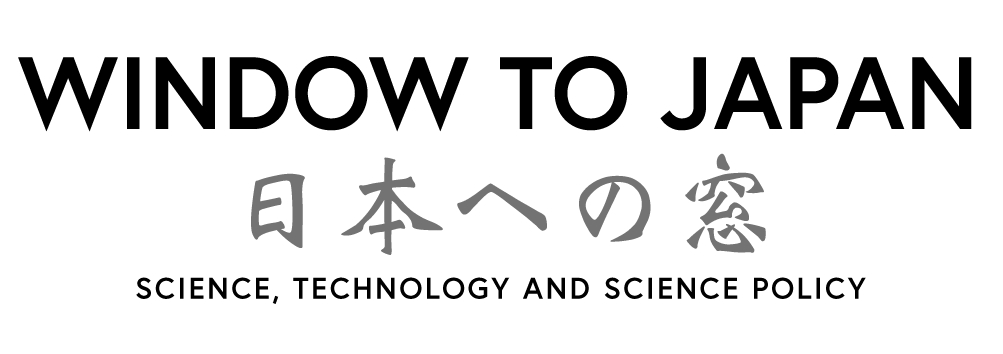https://www.jst.go.jp/pr/announce/20250502/index.html
A research team consisting of the University of Tokyo and Ochanomizu University has constructed a spherical shell with a geometric structure of regular dodecahedral links by self-organizing peptides with metal ions.
Spherical shell molecular structures, such as those found in virus capsids, have the ability to encapsulate and transport molecules. This research group has been aiming to artificially construct them through geometric structure prediction and chemical synthesis. So far, they have discovered that short peptides self-organize with metal ions to entangle themselves and assemble into polyhedrons, and have succeeded in constructing molecular structures with regular tetrahedral links and cubic links. In this study, they have also succeeded in constructing a regular dodecahedral link by introducing a single coordinating side chain into the peptide sequence.
X-ray crystal structure analysis has revealed that the structure is a giant spherical shell molecular structure with an outer diameter of 6.3 nanometers, and is based on a complex entanglement with 60 intersections. Furthermore, it was found that the arrangement of the 60 metal ions that make up the spherical shell structure is a truncated icosahedron, which also has the characteristics of the Goldberg polyhedron seen in virus capsids. It is expected that structural prediction based on these two geometric elements will enable the artificial construction of various virus capsid-like structures.

